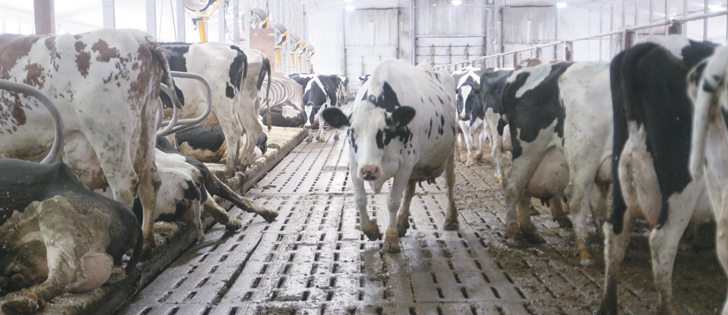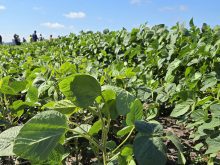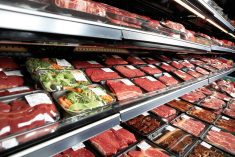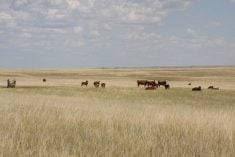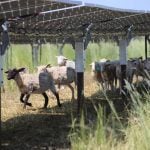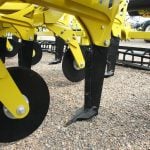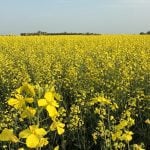Corn main component | The ration also includes canola and soy meal
COMPTON, Que. — Attention to detail is key to the Breault dairy farm.
The ration for its 410 milking cows is tweaked and adjusted weekly.
During silage production, thick plastic is placed along the sides of the concrete bunker and a double thickness of plastic goes on top to prevent spoilage.
The details are key, Adrien Breault said through a translator during a tour of his farm by the Canadian Forage and Grasslands Association.
Breault knows to a gram how much hay silage, corn silage, high moisture corn, protein supplements, soy meal, corn distillers meal and canola meal are in his dairy cows’ ration. He will seed more land to hay this year in-stead of buying hay so that he has more control over the dry cow ration.
Read Also
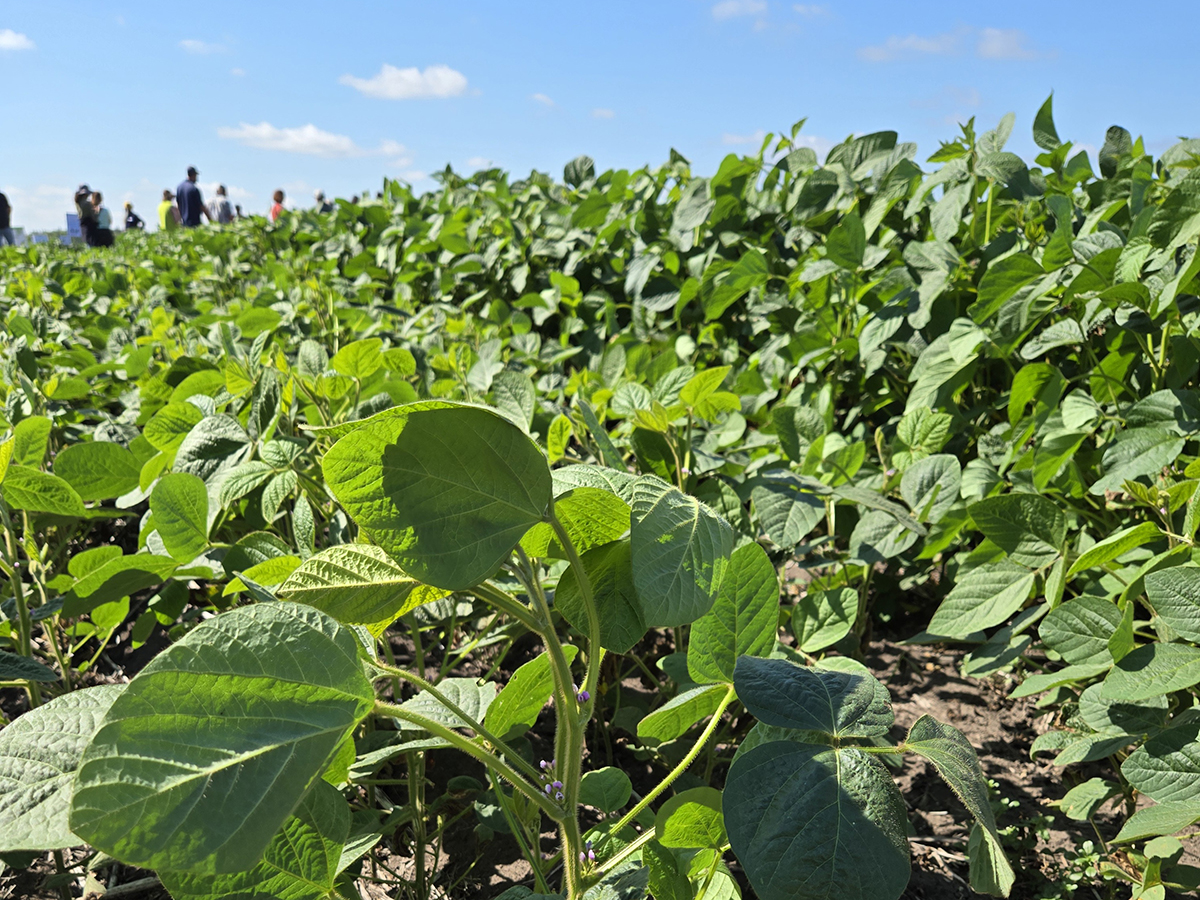
Spider mites big soybean problem this season
Spider mite issues have been geographically limited but significant where they occur, said John Gavloski, an entomologist with Manitoba Agriculture.
Breault and his brothers bought the dairy farm from his parents in 1976 and began the process of transferring it to the next generation in 2006. Half the farm was sold to Breault’s three sons and a nephew. The younger generation now owns 85 percent of the farm.
“It was normal. The boys already worked full-time on the farm,” he said.
The family has 1,600 acres of land, of which 1,200 is cultivated and seeded to corn, soybeans, alfalfa and timothy.
Breault said they like to have 70 percent corn silage in the ration to ensure a stable diet. Weather and other factors can make it trickier to maintain a consistent quality in the hay silage.
Their goal is to cut hay for haylage three times a year. The first cut is delayed to increase the fibre in the silage and slow digestion in the rumen. The forage is cut at 15 to 20 percent protein, depending on the cut.
The family used a type of corn seed inoculant this year during seeding that is designed to improve feed efficiency.
Breault said they have seen an in-crease in feed uptake and increased milk yields. Young calves are bedded on peat moss in the barn.
“It is not the cheapest,” said Breault, but the bedding keeps the barn drier and eliminates flies in the summer.
The peat moss needs to be changed every two months.

